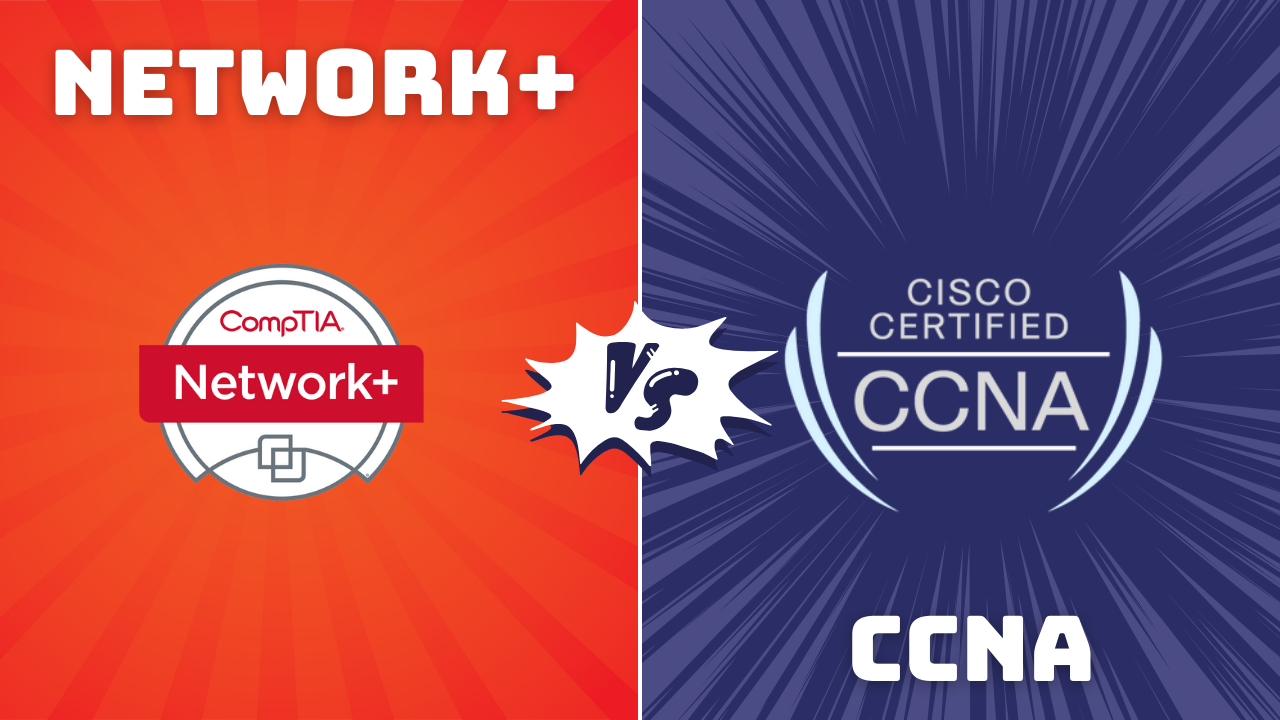CompTIA Network+ N10-009 (V9) — Practice Questions
CompTIA Network+ N10-009 (V9) — Practice Tests
Subnet Machine
CompTIA Network+ N10-009 (V9) — Flashcards
CompTIA Network+ N10-009 (V9) — Performance-Based Questions
CompTIA Network+ N10-009 (V9) — Exam Vouchers
Acronyms, terms, and other helpful info in matching mode, flashcard mode and more.
Learn "Common TCP and UDP Ports" with this comprehensive flashcard deck, covering crucial networking protocols and their associated port numbers. Perfect for IT professionals, students, and anyone preparing for networking certifications, this deck includes ports for services like DNS, HTTP, FTP, SSH, Telnet, SMTP, DHCP, LDAP, SMB, Kerberos, and more. Master well-known, registered, and dynamic ports with ease and enhance your understanding of TCP/UDP protocols.
Comprehensive flashcard deck on the OSI Model designed for mastering computer networking concepts. Covers all 7 layers with detailed questions and answers about PDUs, protocols, devices, addressing, and functionality. Perfect for students, IT professionals, and exam preparation. Learn about the Physical layer, Data Link layer, Network layer, Transport layer, and more, including key topics like IP addressing, SSL/TLS, TCP, ARP, routers, and hubs. Boost your understanding of OSI's foundational networking principles efficiently.
Test networking knowledge with the 'CompTIA Network+ Acronyms' flashcard deck! This comprehensive set covers essential terms like OSI Model, TCP, UDP, VLAN, NAT, DNS, MAC, and more. Perfect for IT professionals and Network+ certification exam prep, these cards help you master key networking protocols, technologies, and concepts with ease.
Master critical networking protocols with the 'CompTIA Network+ Protocols' flashcard deck. Designed for IT professionals and certification candidates, this comprehensive study tool covers key networking concepts including TCP, UDP, IP, ICMP, DHCP, NAT, routing protocols like RIP, BGP, OSPF, and EIGRP, as well as application layer protocols such as HTTP, HTTPS, SMTP, DNS, and more. Each card provides concise, exam-focused information on protocol functions, layers, ports, and usage. Boost your Network+ exam prep and enhance your networking expertise with this essential resource!
Learn about various wireless technology types with this flashcard deck. Covering Bluetooth for short-range connections, Tethering for network sharing via cables, NFC for proximity-based data exchange, Z-Wave for proprietary home automation meshes, and ZigBee for open-standard home automation networks, this deck is perfect for anyone seeking a clear understanding of wireless communication methods.
Hands-on exercises and mini-games to help you study and experience a realistic exam environment.
Diagnose and fix a wireless reliability issue being experienced by an employee
Configure a cloud WAF through its management portal to protect a web application by selecting rule sets, configuring custom rules, and setting up logging options.
Save big on your certification costs with our exclusive discounted exam vouchers.
CompTIA Network+ N10-009 (V9) Overview
The CompTIA Network+ N10-009 certification exam is a key credential for IT professionals specializing in network technologies and infrastructure. This exam assesses a candidate's ability to design, configure, manage, and troubleshoot wired and wireless network devices. Unlike more specialized certifications, the Network+ offers a broad foundation, making it ideal for early-career network technicians and administrators. It covers emerging technologies like cloud computing and virtualization, while also emphasizing traditional networking concepts and practices. By passing the N10-009 exam, candidates demonstrate their expertise in these areas, proving their readiness for roles such as network administrator, network field technician, and help desk technician.
The exam's content is divided into several key areas. Network architecture forms a significant part, where candidates must understand the design and implementation of functional networks, including network components and their roles in network services. Network security is also crucial, requiring knowledge of security concepts and protocols, as well as the skills to implement security features on network devices. The exam also tests on network operations and troubleshooting, focusing on monitoring tools, network performance optimization, and problem-solving techniques. Moreover, it includes newer areas like cloud computing and virtualization, reflecting the evolving nature of network technology. This wide-ranging scope ensures that professionals holding the Network+ certification are equipped to support and manage modern network environments effectively.
More reading:
CompTIA Network+ N10-009 (V9) Exam Details
| Supported Languages |
|---|
| English initially, with Japanese, German, Portuguese and Spanish to follow |
| Recommended Experience |
CompTIA A+ Certification and at least 9 to 12 months of networking experience |
| Questions |
| Maximum of 90 questions |
| Passing Score |
| 720 (on a scale of 100-900) |
| Exam Duration |
| 90 Minutes |







